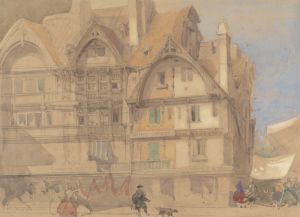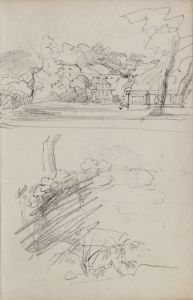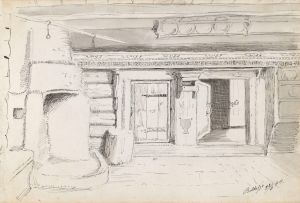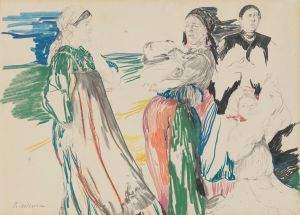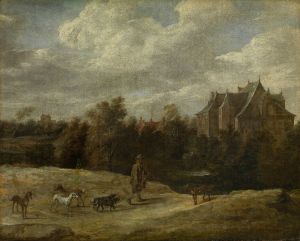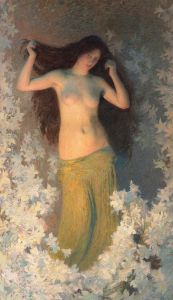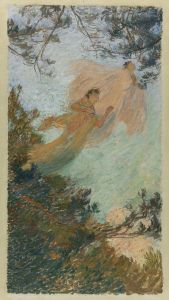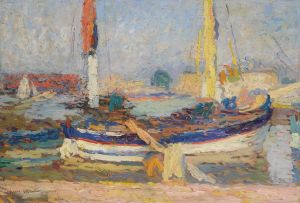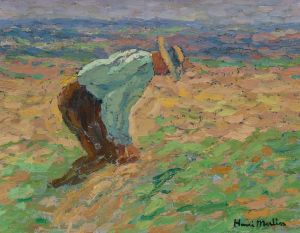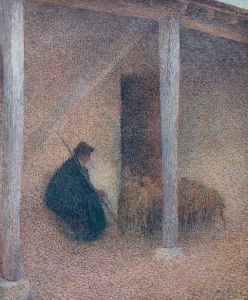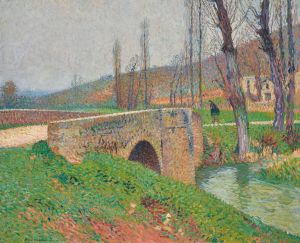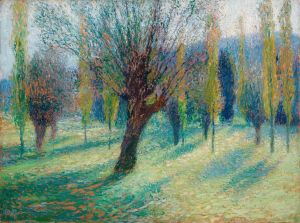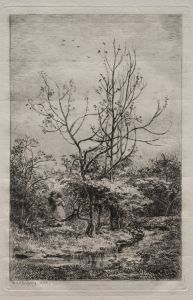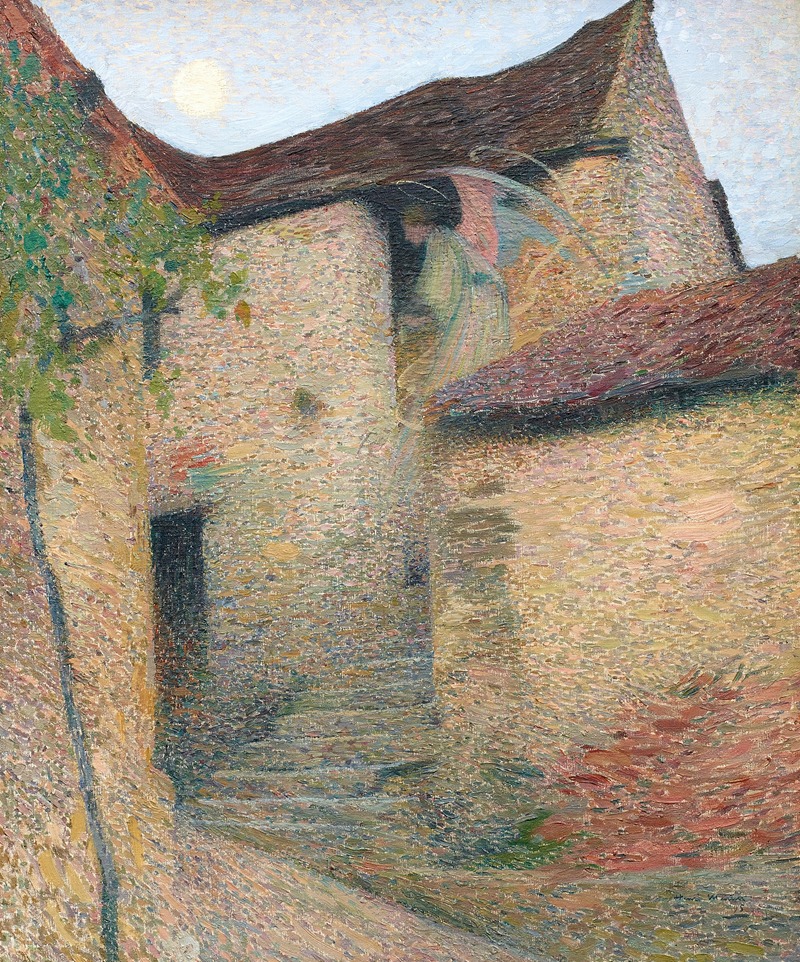
Charité
A hand-painted replica of Henri Martin’s masterpiece Charité, meticulously crafted by professional artists to capture the true essence of the original. Each piece is created with museum-quality canvas and rare mineral pigments, carefully painted by experienced artists with delicate brushstrokes and rich, layered colors to perfectly recreate the texture of the original artwork. Unlike machine-printed reproductions, this hand-painted version brings the painting to life, infused with the artist’s emotions and skill in every stroke. Whether for personal collection or home decoration, it instantly elevates the artistic atmosphere of any space.
Henri Martin was a prominent French painter known for his contributions to the Post-Impressionist movement. Born on August 5, 1860, in Toulouse, France, Martin developed a distinctive style characterized by his use of vibrant colors and a technique that combined elements of Impressionism and Pointillism. His works often depicted serene landscapes, idyllic scenes, and allegorical subjects, capturing the essence of light and atmosphere with meticulous attention to detail.
One of Martin's notable works is "Charité," a painting that exemplifies his mature style and thematic interests. While specific details about the painting "Charité" are limited, it is consistent with Martin's broader oeuvre, which frequently explored themes of harmony, peace, and the beauty of nature. His paintings often conveyed a sense of tranquility and introspection, inviting viewers to immerse themselves in the serene worlds he created on canvas.
Henri Martin's artistic journey began with formal training at the École des Beaux-Arts in Toulouse, followed by further studies in Paris. He was influenced by the works of the Impressionists and the Symbolists, which is evident in his use of light and color to evoke mood and emotion. Martin's technique evolved over time, and he became known for his unique approach that blended the loose brushwork of Impressionism with the precise, dot-like application of paint seen in Pointillism.
Throughout his career, Martin received numerous accolades and recognition for his contributions to the art world. He exhibited regularly at the Salon des Artistes Français and was awarded the prestigious Prix National in 1883. His reputation grew, and he became a member of the Académie des Beaux-Arts in 1917, solidifying his status as a leading figure in French art.
In addition to his paintings, Martin was also involved in large-scale decorative projects. He was commissioned to create murals for various public buildings, including the Capitole de Toulouse and the Hôtel de Ville in Paris. These works further showcased his ability to blend narrative content with decorative aesthetics, creating immersive environments that captivated viewers.
Henri Martin's legacy endures through his contributions to the Post-Impressionist movement and his influence on subsequent generations of artists. His works are held in high regard and can be found in major museums and private collections worldwide. Martin's ability to capture the essence of light and his dedication to exploring themes of beauty and harmony continue to resonate with audiences today.
While specific information about the painting "Charité" is limited, it is likely that this work, like many of Martin's others, embodies his characteristic style and thematic focus. Through his art, Henri Martin invites viewers to experience the world through his eyes, offering a glimpse into a realm of tranquility and beauty that transcends time and place.






